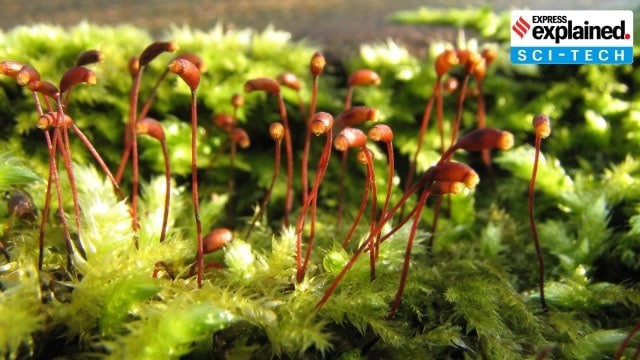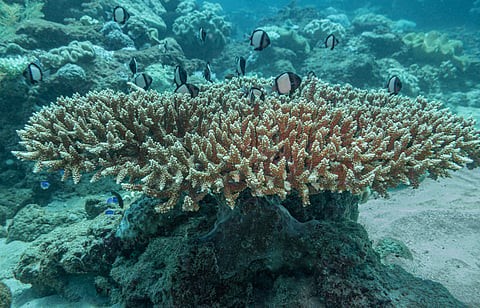





Disclaimer: Copyright infringement not intended.
Context
Details
Key Findings
Leaf Toughness and Insect Activity:
Nutrient and Chemical Changes:
Ecological Implications:
Possible Explanations
Photosynthesis Stress:
Conclusion
|
PRACTICE QUESTION Q. Artificial light exposure has been shown to alter various characteristics in plant leaves. Based on recent studies, which of the following statements is/are correct? 1.Trees exposed to higher levels of artificial light have increased phosphorus levels in their leaves. 2.Reduced phosphorus levels in leaves of trees exposed to artificial light are associated with less insect damage. 3.Increased artificial light exposure has no impact on the nutrient composition of leaves.
Select the correct answer using the code below: a) 1 and 2 only b) 2 only c) 1 and 3 only d) 1, 2, and 3
Answer: b) 2 only Explanation: The study indicates that trees exposed to more artificial light showed reduced phosphorus levels in their leaves. Despite the reduced phosphorus, these leaves also had less insect damage. This suggests that lower phosphorus levels, associated with artificial light exposure, correlate with decreased herbivory by insects. Statement 1 is incorrect because higher levels of artificial light are associated with reduced phosphorus levels in leaves, not increased. Statement 3 is incorrect as the study shows that artificial light exposure does impact the nutrient composition of leaves. |
SOURCE: eastmojo







© 2025 iasgyan. All right reserved